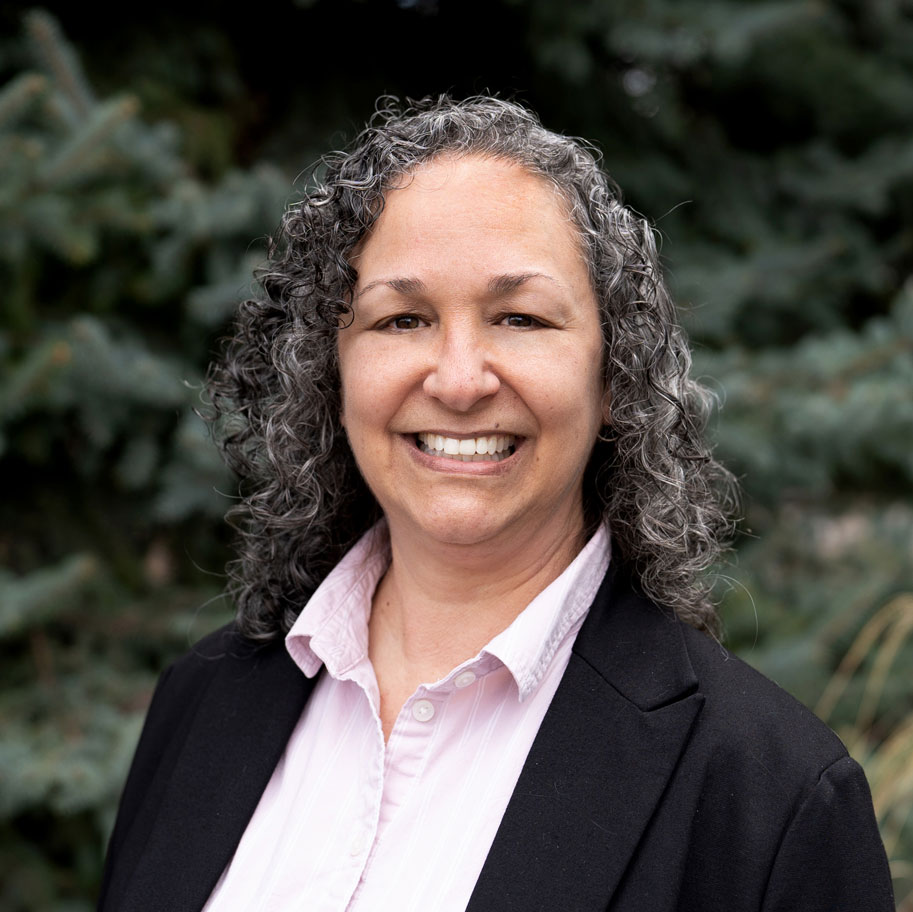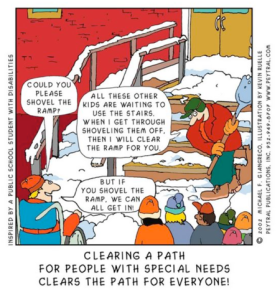Access to information is a human right.
Vitaly Friedman
founder, smashingmag
The Accessibility Summit, hosted by CreativePro in October, gave me incredible insight into what accessibility means and how it affects everything we do in the College of Medicine’s all-digital curriculum.
Three important takeaways
-
Disability = Mismatched human interactions
Accessibility encompasses neurodivergence and physical limitations. People do not think of themselves as disabled, because they rely on accessibility all the time. (I learned that I have struggled with three disabilities. Not a shock, but it explains a lot.)
-
Accessibility is not something we add to our digital content, but something we start with.
Each one of us is responsible for accessibility.
-
Our team is already designing toward accessibility.
Including good design, consistent use of styles and templates, and having closed captions for videos.
-
What does
digital accessibility mean?
Digital accessibility gives students, faculty, and staff equitable and inclusive access to WSU’s digital content and technology. It means that our materials are easily accessed, navigated, and understood by all people, including those with visual, auditory, motor, and cognitive disabilities.
-
What is
digital content?
- Email newsletters
- PowerPoint presentations
- Digital curriculum
- Social media
- Videos
- Websites
- SharePoint
- OneDrive
- PDFs
- Word documents
- Handbooks
- Policies
- Forms
- Third-party apps
What you can do
Universal design aims for solutions that works for the full spectrum of abilities. Guess what? Our materials are already more than 50 percent there!
Strive for progress, not perfection.
Dr. David Perlmutter
No one person does accessibility. It will take all of us to make our content accessible, and we can start in small ways.
- Use the College PowerPoint templates
Created by Amy Denman in EdTech, the PowerPoint presentation templates have digital accessibility built in.
-
Use
sequential headings
-
Add alt-text
to your
images
Accessibility is not a checklist
If you do not intentionally include, then you unintentionally exclude.
Mojolaoluwa Aderemi-Makinde
Head of Brand and Reputation, Google
It will never be done. If we work together and embed it into the culture of the college, we can have a digital curriculum that is easily accessed, navigated, and understood by all.
Let’s start with awareness and intention. What is one thing you can do today to make your content more accessible to all?
Do you have questions about accessibility in your materials?
Please get in touch! We'd be happy to help.

